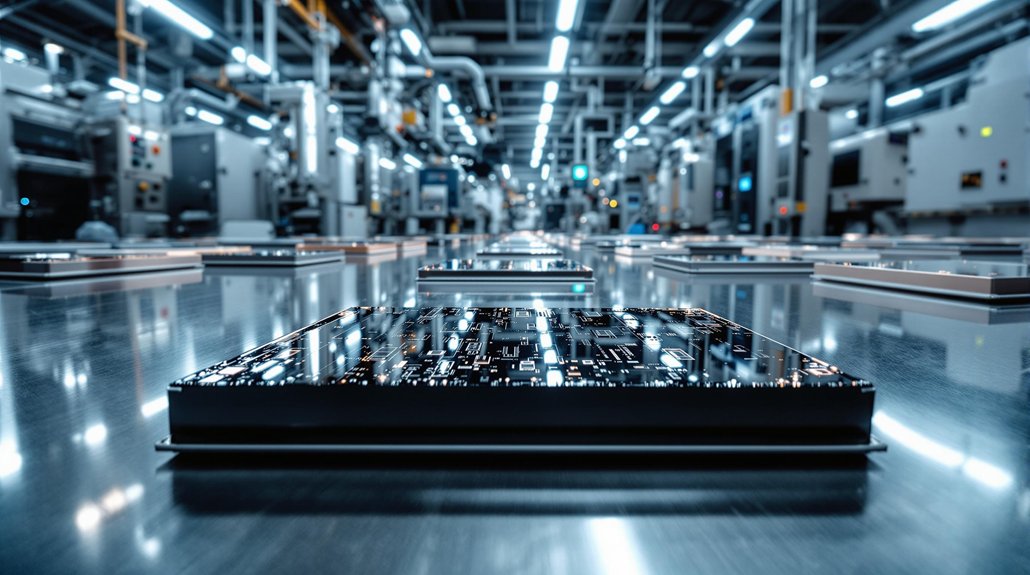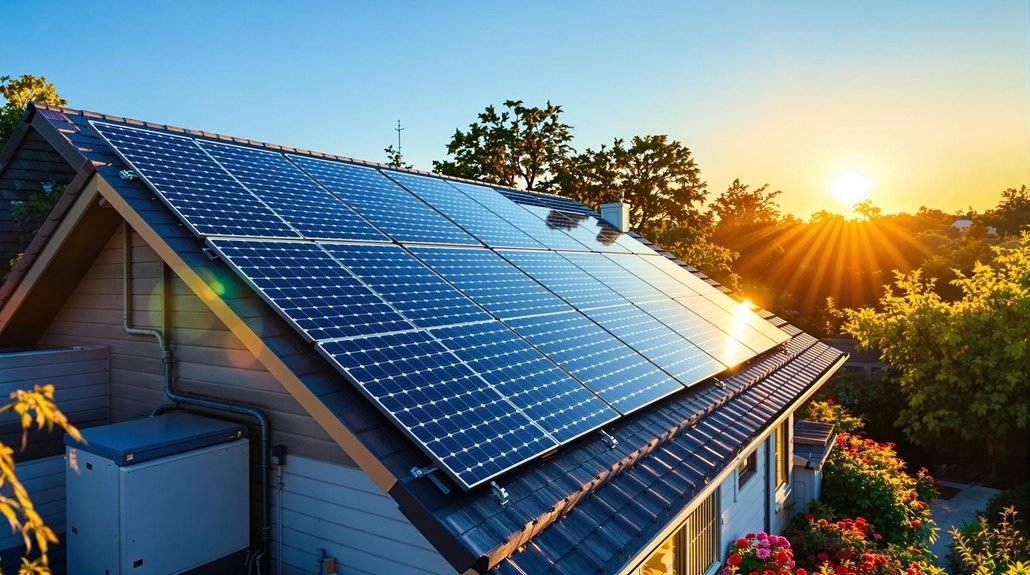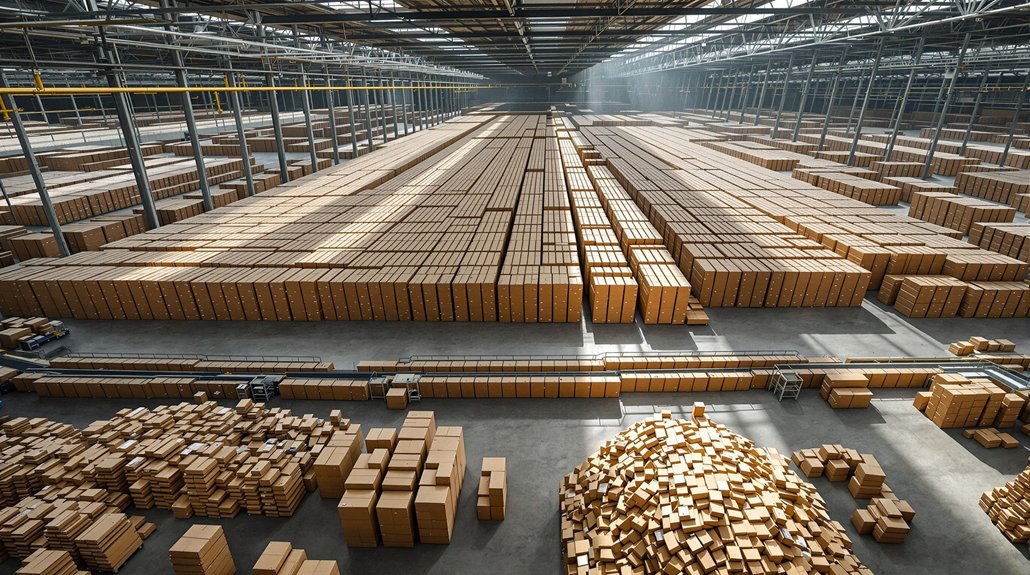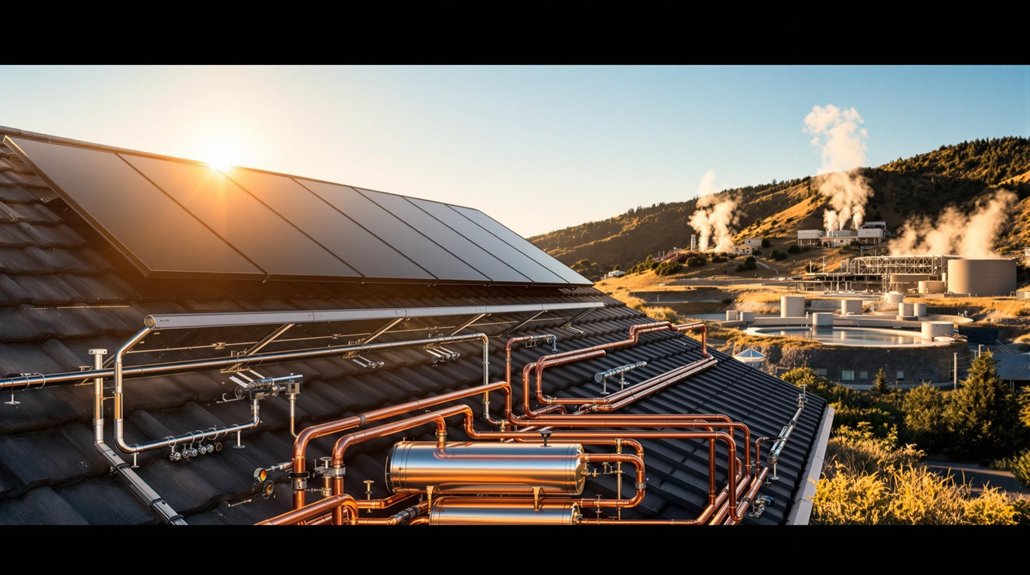Lithium battery manufacturing involves five key stages. First, raw materials like lithium, cobalt, and nickel are sourced. Next, electrodes are made by coating metal foils with a chemical slurry. Cells are then assembled by stacking electrodes with separators. The formation process creates essential chemical interfaces. Finally, cells undergo testing before being grouped into modules and battery packs. Strict quality controls prevent safety risks during this complex process.
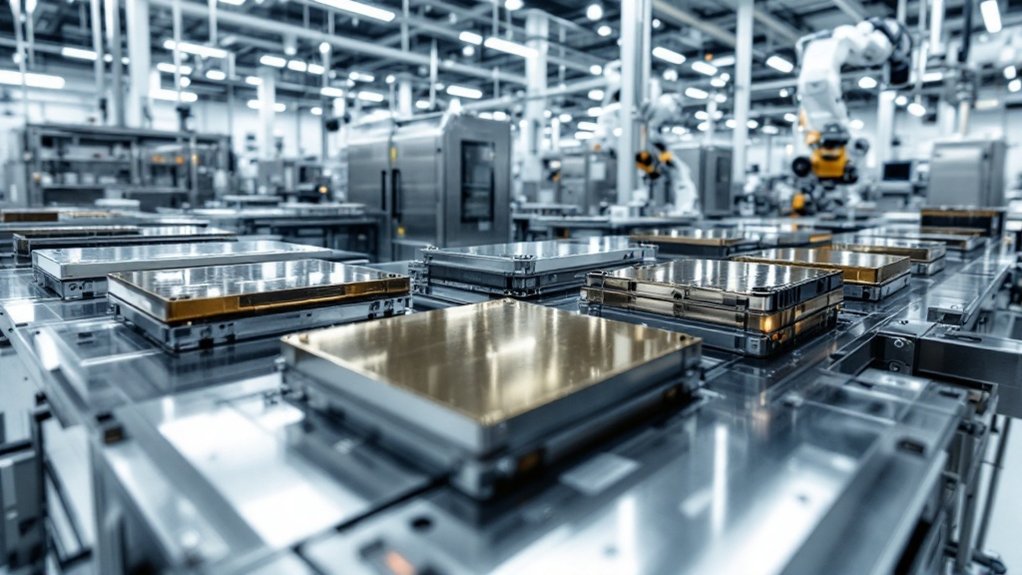
As the demand for electric vehicles and electronics grows, the process of making lithium batteries has become increasingly important. These powerful energy storage devices require several key materials like lithium, cobalt, nickel, manganese, and graphite. China dominates global processing of these materials, handling 72% of cobalt, 61% of lithium, and 95% of manganese worldwide. Russia leads in nickel processing. Companies are working on sustainable sourcing methods to reduce environmental and social risks, with recycling helping to decrease the need for new raw material extraction. Forecasts indicate that lithium demand alone is expected to increase fourteenfold by 2040, primarily driven by the rapid expansion of electric vehicles and energy storage systems.
China’s global dominance in battery material processing presents both challenges and opportunities for sustainable energy storage solutions.
The manufacturing begins with electrode production. Workers mix active materials with binders and conductive additives to create a slurry. This mixture is coated onto metal foils – copper for the anode and aluminum for the cathode. After coating, the electrodes are dried to remove solvents and moisture, then calendered to adjust their physical properties and increase energy density. Finally, they’re cut to specific dimensions needed for the cell design.
Next comes cell assembly, where electrodes are stacked or wound with separator material between them. This assembly is inserted into a cell housing, either a can or pouch. Workers weld tabs and terminals using ultrasonic or laser techniques, then seal the housing, leaving an opening for electrolyte. Before filling, the cells undergo vacuum drying to remove moisture.
The electrolyte is injected under vacuum conditions. Cells then go through formation – initial charging and discharging that creates the Solid Electrolyte Interface. High-temperature soaking helps the electrode absorb the electrolyte fully. After formation, cells are sealed again.
The finishing process includes aging for several weeks to stabilize cell chemistry. Manufacturers test for capacity, resistance, and self-discharge rates. Quality control includes leak tests and electrical verification. These steps are critical because improper manufacturing can lead to fire or explosion risks. Failed cells may be reworked if possible.
Finally, cells are grouped into modules and assembled into battery packs with management systems for monitoring and temperature control. The completed packs undergo testing before installation in the final product.
Frequently Asked Questions
How Long Do Lithium Batteries Typically Last Before Replacement?
Lithium batteries typically last 2-3 years in consumer electronics, allowing for 300-500 charge cycles.
Electric vehicle batteries have longer lifespans of 8-10 years, while stationary energy storage systems can function for 10-20 years.
Battery life varies depending on usage patterns, environmental conditions, and care.
Signs of degradation include reduced capacity, shorter runtime, and longer charging times.
Are There Environmental Concerns With Lithium Battery Disposal?
Serious environmental concerns surround lithium battery disposal.
When improperly discarded, toxic materials like lithium, cobalt, and nickel can leak into soil and water. These batteries may cause landfill fires and release pollutants if burned.
Currently, only about 5% of lithium-ion batteries are recycled worldwide. However, effective recycling can recover up to 91% of battery materials, reducing the need for new mining.
Can Lithium Batteries Be Recycled Effectively?
Lithium batteries can be recycled effectively, but current practices fall short. While only 5% of lithium batteries are recycled globally, new technologies show promise.
Hydrometallurgy can recover over 95% of key materials, and direct recycling offers the most energy-efficient option. The industry faces challenges with complex battery chemistries and collection systems.
However, improved methods could enable recovery rates exceeding 90% in the future.
What Safety Risks Exist With Lithium Battery Manufacturing?
Lithium battery manufacturing comes with several safety hazards. Workers face risks from flammable chemicals that can cause fires and explosions.
The production process may release toxic materials like cobalt and nickel that harm health. Batteries can experience thermal runaway, reaching extreme temperatures above 400°C.
Manufacturing defects, including metal contamination and separator issues, can lead to dangerous cell failures. Poor ventilation and inadequate protective equipment increase these risks.
How Do Different Lithium Battery Chemistries Compare in Performance?
Different lithium battery chemistries offer distinct performance trade-offs.
NCA and LCO provide the highest energy density but have shorter lifespans.
LFP batteries last longest (up to 7,000 cycles) and are safest, but store less energy.
NMC offers a balanced profile with good energy density and lifespan.
LMO delivers excellent power capability but fewer cycles.
Manufacturers select chemistries based on specific application needs – prioritizing either safety, longevity, power, or energy density.
